All about sharpening skates
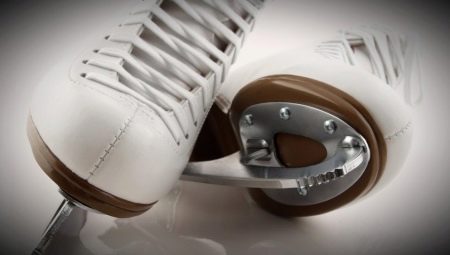
Skates are the main component of a skater's and hockey player's outfit. This device must be in working order, otherwise training may result in injury. Sharpening skates requires adherence to certain rules, in addition, it is divided into several varieties, and if you are interested in this procedure, it is better to familiarize yourself with it in more detail. In this article, we will look at how to sharpen skates on your own, check them, and avoid common mistakes.
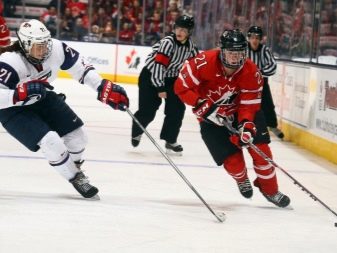
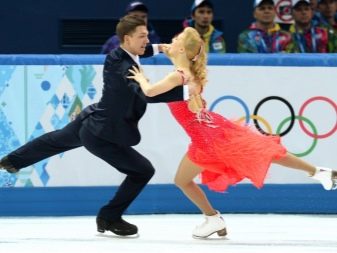
The need for a procedure
Sharpening skates is one of the tasks of an athlete and a person who spends a lot of time on the ice. It is required to improve skill and above all for safety. It doesn't matter how often the equipment is used, it should always be ready. It should be noted that the procedure has a number of advantages. First of all, after sharpening, the skates will slide much faster and easier, moreover, you will be able to control the blade, find balance and accelerate as much as possible. Of course, you can give the equipment to a specialist to take the load off yourself, but a real athlete should know how sharpening is done. Skates must be in good condition at all times, so if you understand the importance of high-quality equipment maintenance, the result will be obvious.
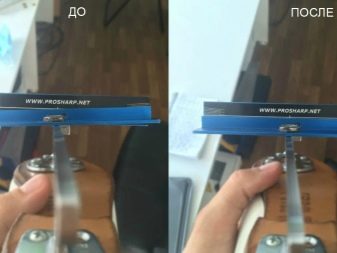
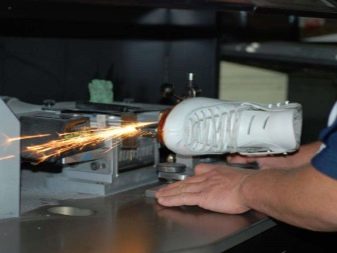
The first reason for the importance of the procedure is comfort while riding., because if the blades of the skates are already worn out, it will be impossible to enjoy the process, and it will be difficult to complete even simple elements.Second, any professional athlete would agree that blade quality directly affects balance and stability. If you want to feel confident on the ice, take care of quality sharpening. The equipment is quite sensitive, the convenience of performing complex tricks and the ability to slow down in time depend on it. It is not uncommon for professional athletes to sharpen their skates on their own to be sure of an amazing result. In addition, this is the only way to choose equipment to suit your requirements.
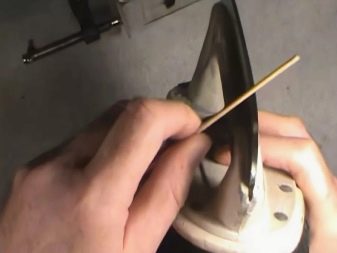

Views
If you want to ride better, you cannot do without this procedure. There are several types of sharpening, each of them has its own characteristics and is designed for a particular purpose. The new blades have a clean profile, which means they are not sharpened at all, so you can choose from any of the options below.
The main term is groove, and words such as groove, radius and groove are also used. The depth of the groove is selected according to the riding style, skill level, as well as the athlete's weight.

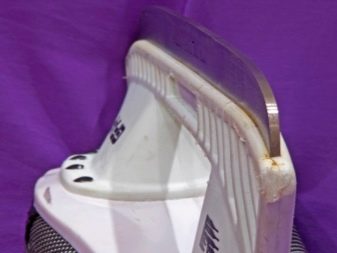
Standard
For beginners, this is the best option for the first stage of skiing. With such a sharpening, it will be easy to feel both the equipment and the ice itself, developing skill. This type is considered the most reliable, therefore it is popular. The important point is that the depth of the groove must match the athlete's weight and other properties.
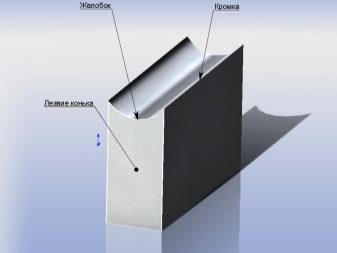

Channel-Z
This sharpening is considered unique and has a number of advantages. The main solution to the problem is slippage. In this case, the groove will have a rounded shape and a square channel. It also takes into account the same parameters, but the coefficient is less. In terms of benefits, the first is to increase rolling mobility during sharp turns or unexpected tricks.
The channel will quickly respond to the athlete's impulses. During passive rolls, this type of sharpening will reduce resistance. Thanks to the cut-out channel, the grip on the surface is increased, which leads to roll-over.
There is a free space inside where the water melted during friction is collected, so the liquid performs the task of lubrication, which, in turn, increases the speed during acceleration. It is safe to say that this sharpening has a lot of advantages, which is why most professional athletes choose it. Speaking of the cons, it should be noted that this type of sharpening is much more expensive, since it is difficult to make it, moreover, it takes more time and special tools. The sharpener is available in three sizes - from narrow to wide.
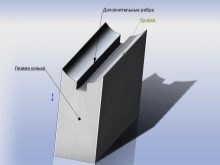
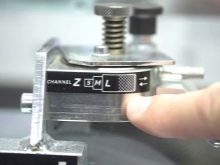

FTB
This sharpening is performed on American-made machines. There are many different opinions regarding this option, so it is better to compose your own by testing it in practice. The main feature is the unusual shape of the groove, it is not rounded, but trapezoidal. This improves traction, resulting in increased stability. Large area contact requires a high load, and FTB will allow the blade to “cut” into the ice. Of course, such a procedure requires special equipment, which is not found in every city. The only drawback of sharpening is a short service life, this is due to the thinness of the walls, which are not able to withstand the hardness of ice.
If you decide to use such a sharpening, remember that at the slightest impact, the edges will clog, which will cause chips and irregularities. At the same time, unlike standard FTB, it is better. If you are careful, the damage to the blade will not be severe.
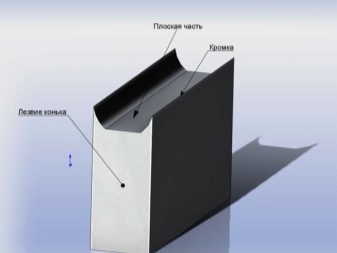
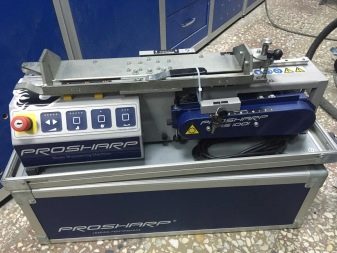
Basic rules for conducting
If you follow all the instructions when sharpening, the skates will contribute to greater maneuverability, body control while moving will be much easier, and acceleration will increase. The procedure requires the implementation of a set of rules, especially when it comes to high-quality inventory, which has ample opportunities... The design of the blade directly affects the safety of the athlete. The deeper the groove, the higher the maneuverability will become, and the skater will be able to steadily hold on to turns. As for shallow depth, it has its advantages, because it helps to develop speed.
During the procedure, it is necessary to use high-quality tools - they must be harder than the metal from which the blades are made. The rib plane has a uniform thickness after sharpening. It is important to keep the original configuration intact. The sole is processed exclusively at right angles to the rib. In subsequent times, it is only necessary to restore the original dimensions.
To obtain high speed, it is important to combine different groove and profile radii. Each riding style requires its own sharpening option. If you prefer a butterfly, you will need a good grip, so a double groove sharpening is the best solution.
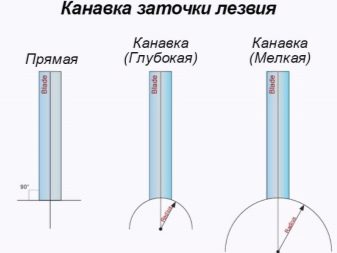
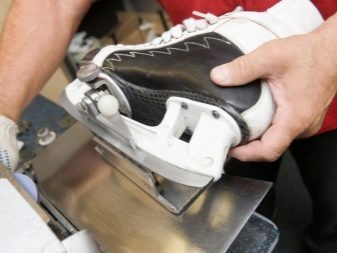
How to sharpen at home?
You can do everything right with your own hands at home if you follow the instructions. Working with figure and hockey skates is no different. At home, you can use a file or sanding discs. The first option is more expensive in terms of physical strength, but a beginner can cope with it, and the second will require experience.
If you decide to work with a file, stock up on a vice, a U-shaped block of wood and select the appropriate diameter. You need to insert the file into the block, and clamp the blade in a vice. The block is installed at the front of the ridge. Compare the ribs to make sure they are the same thickness and make a notch as deep as required. Burrs are removed with a fine file.
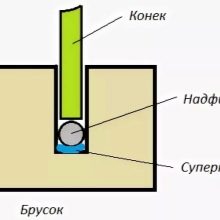


To work with a grinding wheel, you will need a saw or an electric drill, a steel corner, and clamps. The ridge is fixed, then you need to outline the contours and use the grinder to sharpen. Work should be started from the front and the height will need to be adjusted.
The procedure can be carried out using a large double-sided grindstone, a millstone and a cloth to clean the surface. Skaters use straight blades that create a right angle. First of all, the stones must be lubricated by wetting with a special substance, this will prevent the formation of dust. Secure the skates with special clips parallel to each other, if possible. Remove excess pieces of metal that will definitely appear during sharpening. The stone is located on the side of the blade, they need to be carried along the entire length until the surface is clear. First of all, the rigid side is used, which is held perpendicular to the skate, 20 movements are enough, then you can change the side. The sound should fade, this indicates the success of the procedure. From time to time, the stone needs to be oiled, and at the final stage, the blades need to be polished.
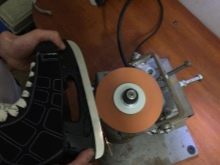
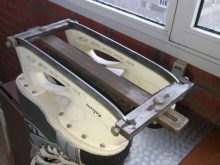
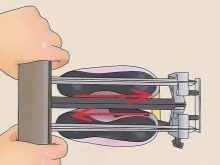
How to check the degree of sharpening?
To understand if the blade is sharp or not sharpened, you need to check, because they look different. Examine the skates, if the ribs are symmetrical, there is no chipping or chipping on them, then everything is in order. You can use a piece of plastic and run it over the blade to find out the depth of the scratches. If the skates are right on the ice, you are up to the task. Of course, skating will be the best test, you can correct the shortcomings, you just need to repeat the procedure for the result to meet expectations.

Possible mistakes
There are some mistakes beginners can make, here are the most popular ones. The outer and inner sides of the blades are different, this directly affects the imbalance, so there will be no balance during riding. Such a difference indicates poor-quality sharpening or an incorrectly chosen method.If an uneven cut is found on inspection, the blade will not keep on ice and this will also imbalance. Durability decreases, the metal will overheat.
Another common mistake is the incorrect blade profile and groove radius, which will make the workout poor quality. Unsharpened blades even sound different, so if you want to achieve high results in riding, and you are concerned about safety, read the instructions, follow the rules and consult a specialist. Good luck!
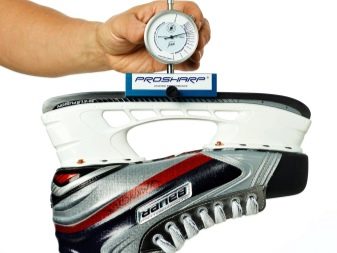

Next, watch a video for tips on sharpening skates at home.








